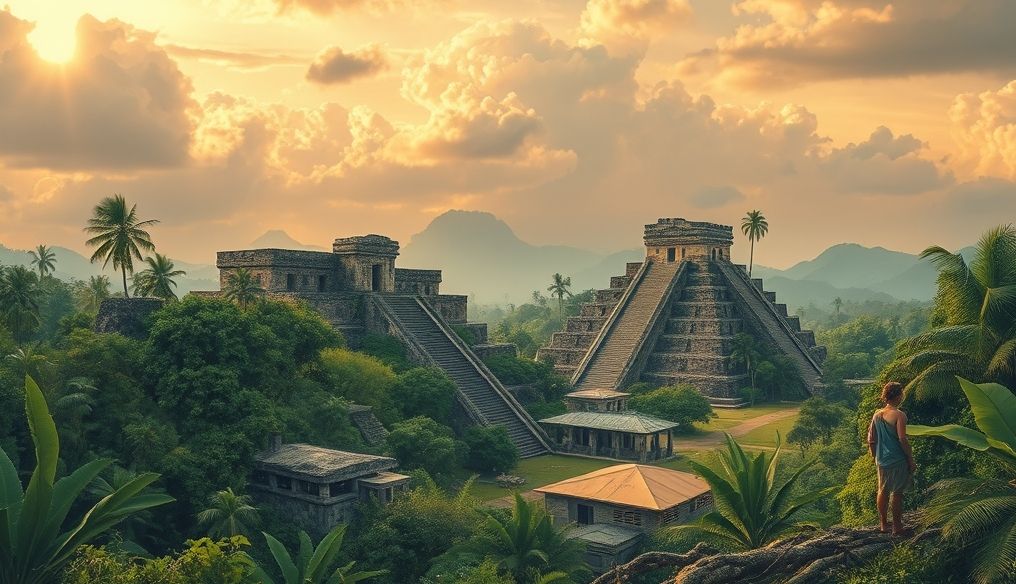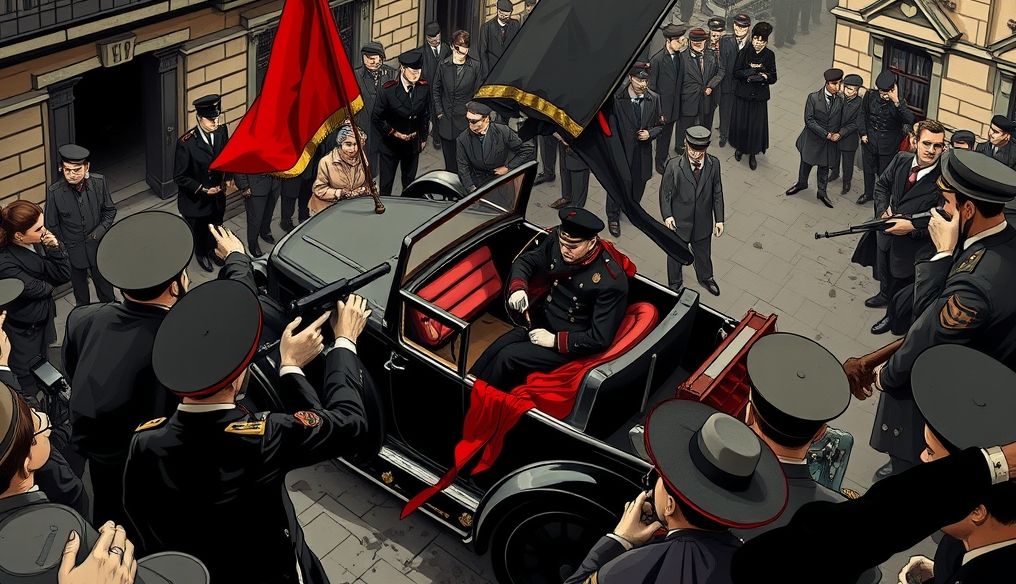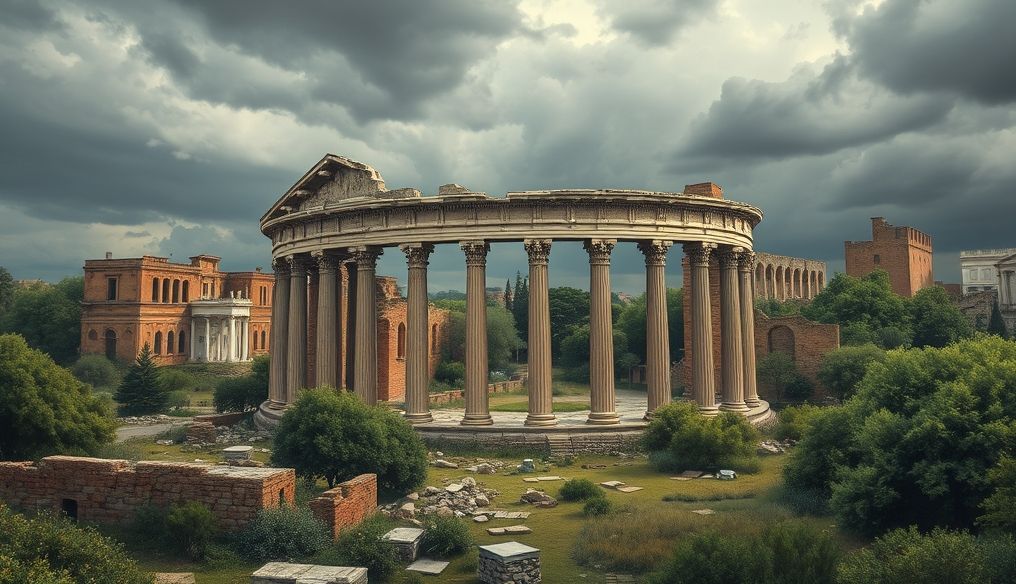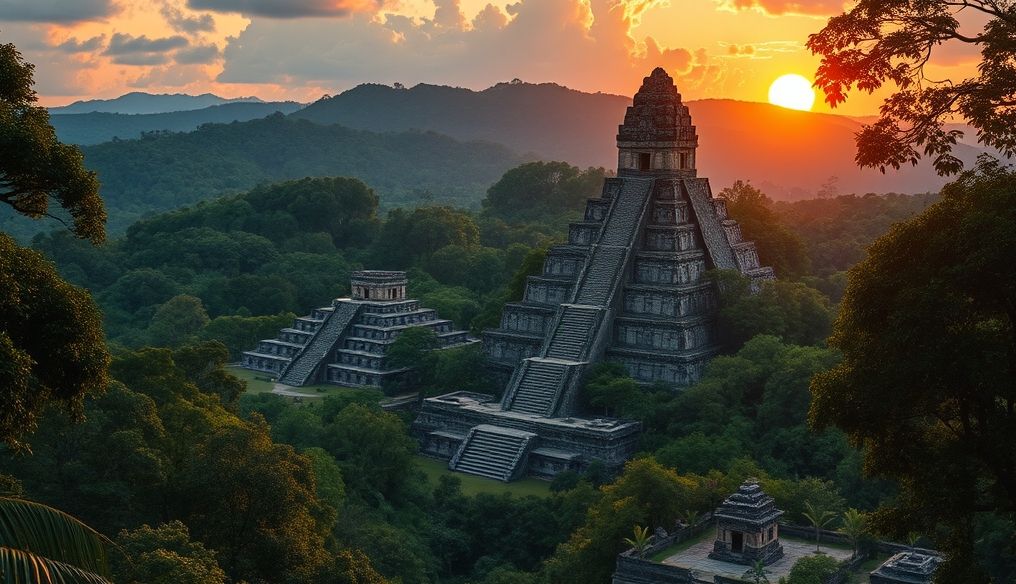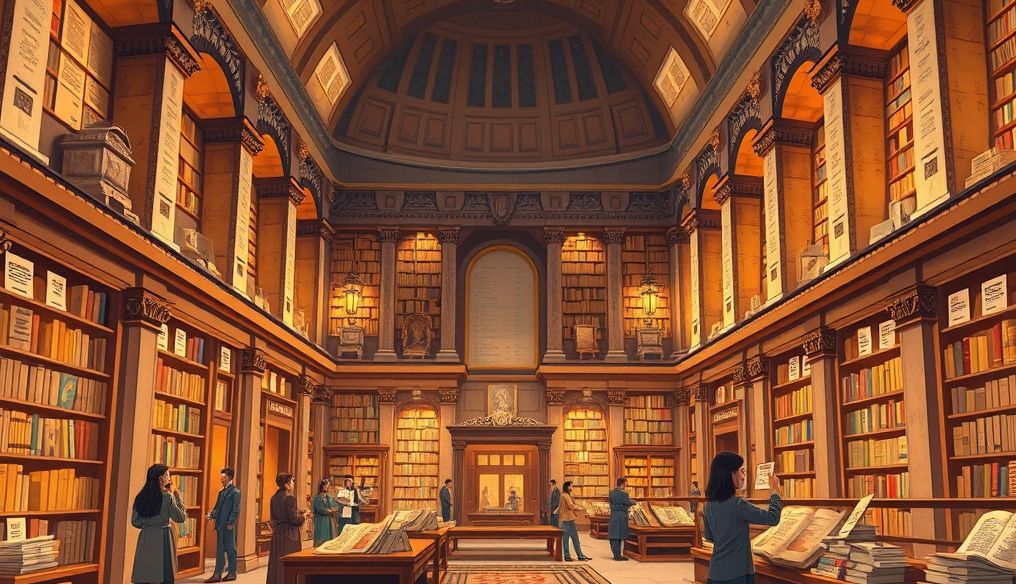Did the Mayan Civilization Really Collapse Suddenly? Or Did We Misunderstand Its End?
The ancient Mayan civilization has always fascinated historians and archaeologists, especially its mysterious end. Did this advanced civilization collapse suddenly, or is the picture more complex than we think? This article explores the evidence and hypotheses surrounding this historical puzzle.
Introduction to the Mayan Civilization
The Mayan civilization flourished in a region spanning southeastern Mexico, Guatemala, Belize, Honduras, and El Salvador. This civilization was characterized by its development in mathematics, astronomy, writing, art, and architecture. They built vast cities like Tikal, Palenque, and Copán, leaving behind a rich cultural legacy.
The Classic Period of the Mayan Civilization (250-900 AD)
During the Classic Period, the Mayan civilization reached its peak. Cities flourished, trade developed, and science and the arts advanced. This period was characterized by relative stability and cultural prosperity.
The Classic Maya "Collapse": Fact or Myth?
At the end of the Classic Period, between the 8th and 10th centuries AD, many of the southern Mayan cities began to decline. Large-scale construction ceased, writing declined, and populations decreased in some areas. This led to the belief in a "collapse" of the Mayan civilization.
What is the Evidence for this "Collapse"?
- Cessation of large-scale construction.
- Decline in the number of hieroglyphic inscriptions.
- Migration of populations from major cities.
- Evidence of increased conflicts and wars.
Theories About the Causes of the "Collapse"
There is no single agreed-upon explanation for the "collapse" of the Classic Mayan civilization. However, there are several major theories:
Drought and Climate Change
Research suggests that prolonged and severe periods of drought may have played a crucial role in the decline of the Mayan civilization. Drought affected agriculture, leading to food shortages and famine.
Wars and Internal Conflicts
Archaeological evidence suggests that wars and conflicts between rival cities may have increased in the later period of the Classic Era. These conflicts led to political and economic instability.
Population Pressure and Environmental Degradation
Increasing population growth may have led to the depletion of natural resources, such as forests and agricultural land. This led to environmental degradation and increased pressure on the population.
Social and Political Factors
Some theories suggest that social and political factors, such as social inequality, corruption, and loss of trust in rulers, may have contributed to the "collapse."
What Happened After the "Collapse"?
It is important to emphasize that the Mayan civilization did not disappear completely after the Classic "Collapse." Power centers shifted to the northern Yucatan Peninsula, where cities like Chichen Itza and Uxmal flourished. The Mayan civilization continued to thrive in this region for centuries.
The Spanish Conquest and the End of Political Independence
In the 16th century, the Spanish arrived in the Mayan region. The Maya fiercely resisted the Spanish conquest, but they were ultimately defeated. The Spanish conquest led to the end of political independence for the Mayan civilization and the destruction of many aspects of their culture.
The Maya Today
Despite the Spanish conquest and the challenges they have faced over the centuries, millions of descendants of the Maya still live in the region that once housed their ancient civilization. They maintain their languages, traditions, and culture, and contribute to the cultural diversity of the region.
Conclusion: A Complex Story, Not Just a "Collapse"
The "collapse" of the Classic Mayan civilization is not a simple story of a sudden end. Rather, it is a complex story about climate change, conflicts, environmental pressures, and social and political factors that led to the decline of some cities, but did not lead to the disappearance of the entire civilization. The Mayan civilization continued to thrive in other regions, and the descendants of the Maya still live today, bearing witness to the resilience of this ancient civilization.
